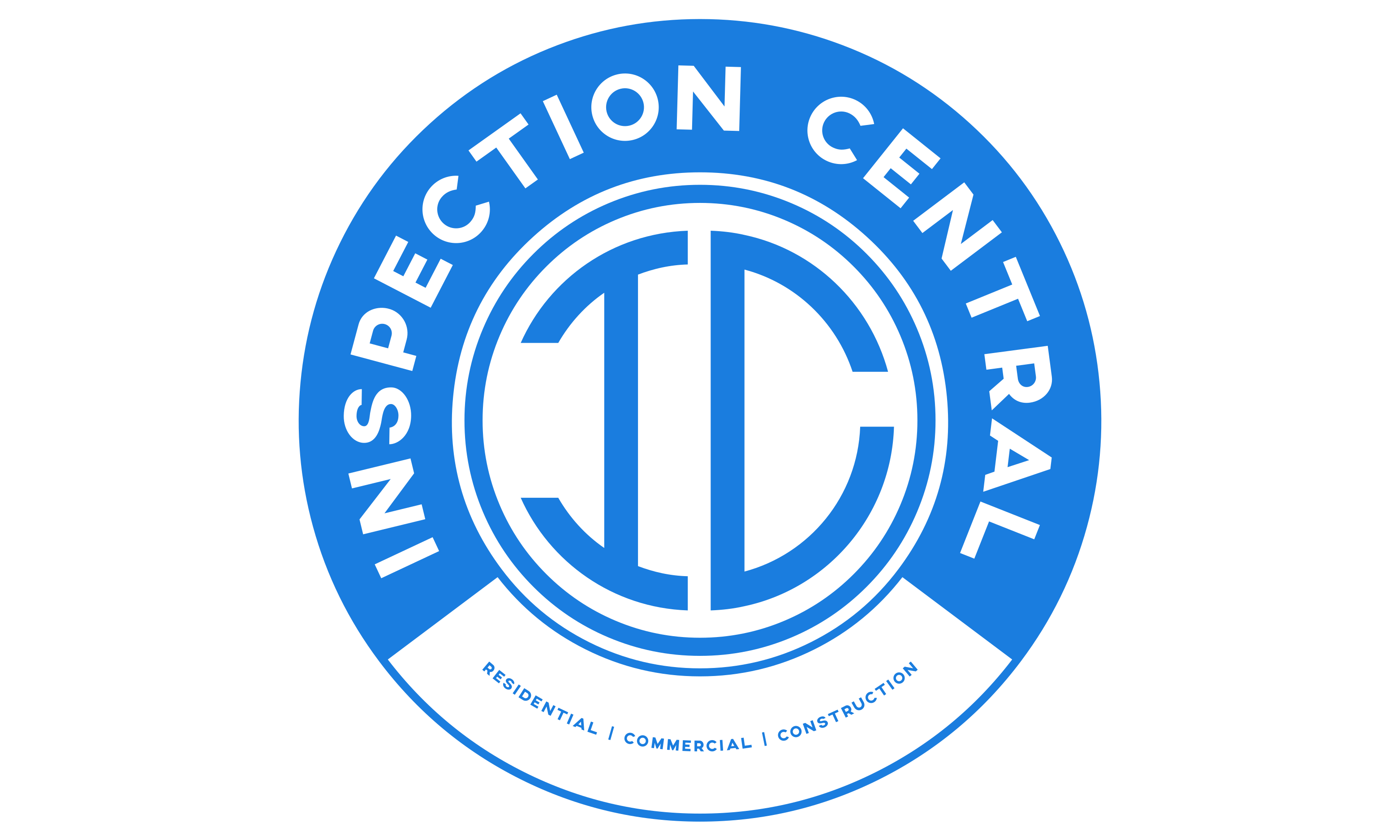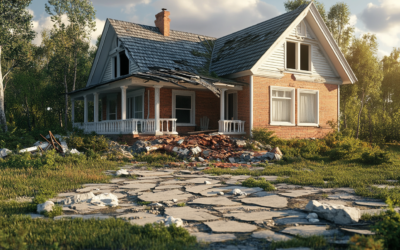Riding the Inspection Wave: Australia’s New Frontier
With each tick of the clock, Australia finds itself hurdling toward cutting-edge innovation in the inspection sphere. Gone are the days when a mere glance sufficed to ensure safety and compliance. So, what’s new on this sunburnt continent? Let’s dive deep into the trends shaking up this field, shall we?
Tech-savvy Gadgets: Beyond the Magnifying Glass
Remember when drones were just toys buzzing above excited kids’ heads? Boy, have times changed! These little gadgets are now the eyes in the sky for inspectors, delivering bird’s eye views of hard-to-reach places without breaking a sweat—or a ladder. By the way, even your smartphone is getting smarter! Mobile apps, boasting nifty Little features like immediate reporting capabilities, are letting inspectors skip the paper chase and cutting wait times.
Harnessing the Power of Big Data
Imagine a library filled with everything you ever needed to know about inspections. Now imagine it’s digital, updated in real-time, and conveniently accessible from your device. That’s Big Data in action. Inspectors can now tap into masses of data, uncovering patterns and trends that were once as elusive as a needle in a haystack. With better insights come quicker decisions, enhancing efficiency like never before. Talk about having a sixth sense!
Environmental Consciousness: Inspections with a Green Twist
Green is definitely in vogue, mate! And the inspection industry hasn’t worn green just for show. Eco-friendly practises are becoming pivotal in inspections. We’re talking about not just assessing hazards to humans, but also to Mother Earth. Perhaps it’s the little Greenie in us, or maybe it’s just good business sense. Either way, environmental consciousness is an Australian norm today.
The Influence of AI and Machine Learning
Autonomous inspections are no longer scenes from a science fiction book. With AI and machine learning leading the charge, these technologies are like fresh-into-the-office wannabes with a remarkable zeal to learn and improve constantly. They can predict issues before they manifest, sparing humans from unnecessary risks. Sure, they may not boast personality just yet, but they’re great under pressure!
Collaboration and Community: The Togetherness Factor
If anything, COVID-19 taught us the value of camaraderie. Inspection professionals are forming networks to share knowledge and resources. These unions aren’t just a mushy attempt at community spirit but a genuine strategy to bestow collective intelligence and problem-solving prowess. It’s like when you and your mates crack a pint together on a Friday night—great things just happen!
More than Just Safety: Embracing Customer Experience
Safety isn’t the endgame. Customers now demand an experience that combines reliability with a sprinkle of satisfaction. Imagine hiring an inspector—if they explain findings in a way that’s easy on the ears and maybe even toss in a chuckle, you’re likely to remember them, aren’t you? This trend is reshaping expectations, steering industry jargon towards plain ol’ friendly banter.
Future Trends: What’s Next on the Horizon?
While the crystal ball might be foggy, a few things seem certain. Higher standards and rigorous regulations will steer inspection processes. Plus, adapting to climate change constraints is bound to occupy the limelight. Keeping a keen eye on cultural sensitivity will also become crucial as a diverse range of voices trails into the industry. It’s a landscape ever reshaping, isn’t it? But hey, isn’t that the fun of it?
Final Thoughts: Embracing Tomorrow, Today
In a nutshell, Australia is riding a wave of transformation within the inspection industry, and there’s no sign of slowing down. As tech innovations mix with grassroots values, our commitments deepen, and our practices expand. Whether it’s advanced tech or warm rapport we embrace, the future’s looking mighty exciting from here. So, buckle up and enjoy the ride—it’s bound to get interesting!









0 Comments